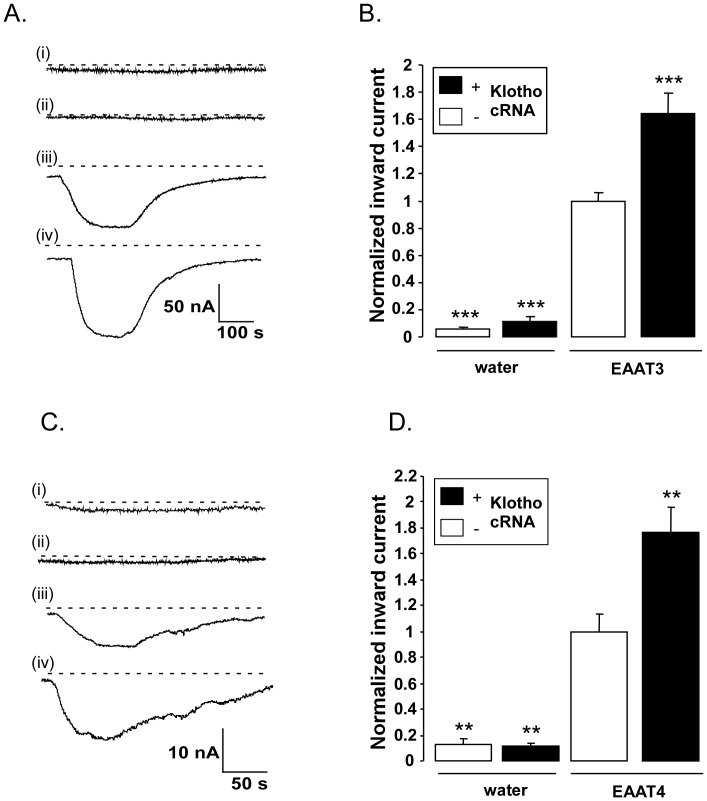Figure 1. Effect of Klotho coexpression on electrogenic glutamate transport in EAAT3 or EAAT4 expressing Xenopus oocytes.
A: Representative original tracings of glutamate (2 mM)-induced current (Iglu) at −60 mV in Xenopus oocytes injected with water (i), or with cRNA encoding Klotho alone (ii), EAAT3 alone (iii) or both, EAAT3 and Klotho (iv). B: Means ± SEM (n = 7–36) of glutamate (2 mM)-induced current (Iglu) in Xenopus oocytes injected without (left bars) or with (right bars) cRNA encoding EAAT3 and injected without (white bars) or with (black bars) cRNA encoding Klotho.***(p<0.001) indicates statistically significant difference from Xenopus oocytes injected with cRNA encoding EAAT3 alone (ANOVA). C: Representative original tracings of glutamate (2 mM)-induced current (Iglu) measured at a holding potential of −60 mV in Xenopus oocytes injected with water (i), or with cRNA encoding Klotho alone (ii), EAAT4 alone (iii) or both EAAT4 and Klotho (iv). D: Means ± SEM (n = 5–8) of glutamate (2 mM)-induced current (Iglu) in Xenopus oocytes injected without (left bars) or with (right bars) cRNA encoding EAAT4, and injected without (white bars) or with (black bars) cRNA encoding Klotho.**(p<0.01) indicate statistically significant difference from Xenopus oocytes injected with cRNA encoding EAAT3 or EAAT4 alone (ANOVA).

